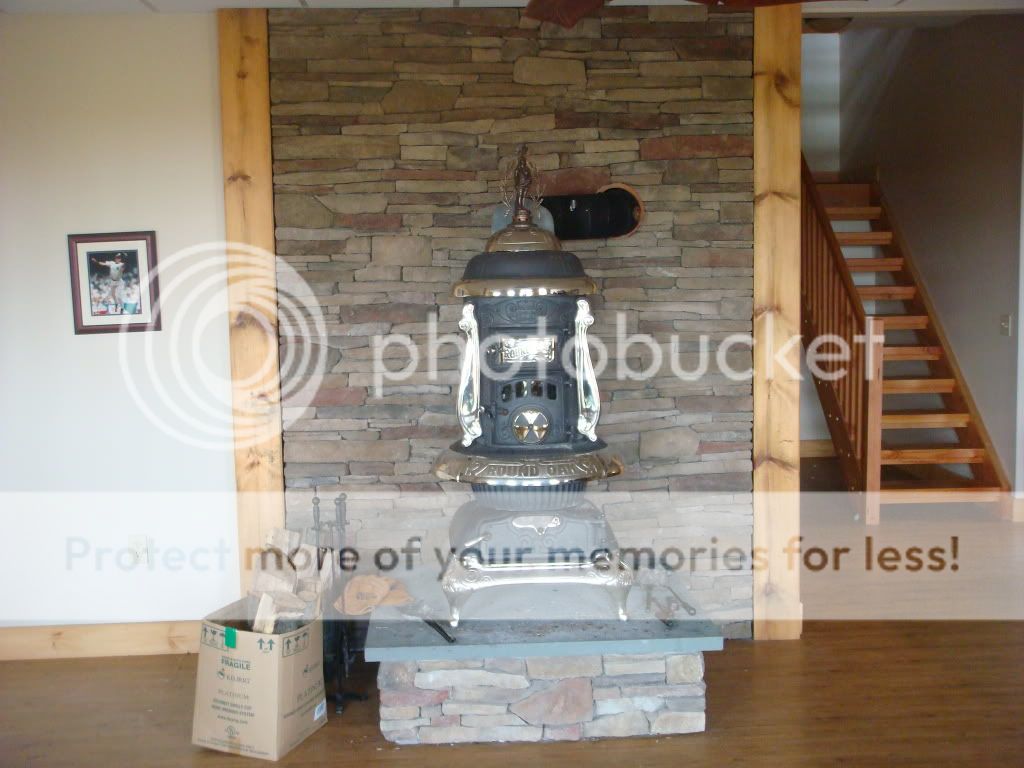goanin
ArboristSite Operative
This topic has probably been grinded to fine powder more than once. But I have to bring it up again as "Overnight burning is a skill which has to be developed over time." (said by too many).
Elders and experienced folkes feel like they're gonna repeat themselves discussing this topic, but there are always new guys who find their knowldge useful. So let's act as if this thread is the ultimate, most comprehensive guide to Overnight Burining (ONB) in wood stoves.
Does ONB lead to more creosote buildup?
Does ONB reduce efficiency?
How often would you preform ONB?
Would you prefer it if you didn't have to do it?
Do you do any damage control befor of after ONB?
Are there wood types that are not recommended for ONB?
For what reasons aren't they recommended?
How do you preform ONB?
- Do you care about the stove temp?
- Do you close all air inlets and dampers?
- How do you load the stove full safely?
and more...
Elders and experienced folkes feel like they're gonna repeat themselves discussing this topic, but there are always new guys who find their knowldge useful. So let's act as if this thread is the ultimate, most comprehensive guide to Overnight Burining (ONB) in wood stoves.
Does ONB lead to more creosote buildup?
Does ONB reduce efficiency?
How often would you preform ONB?
Would you prefer it if you didn't have to do it?
Do you do any damage control befor of after ONB?
Are there wood types that are not recommended for ONB?
For what reasons aren't they recommended?
How do you preform ONB?
- Do you care about the stove temp?
- Do you close all air inlets and dampers?
- How do you load the stove full safely?
and more...






 My Turn!
My Turn! 